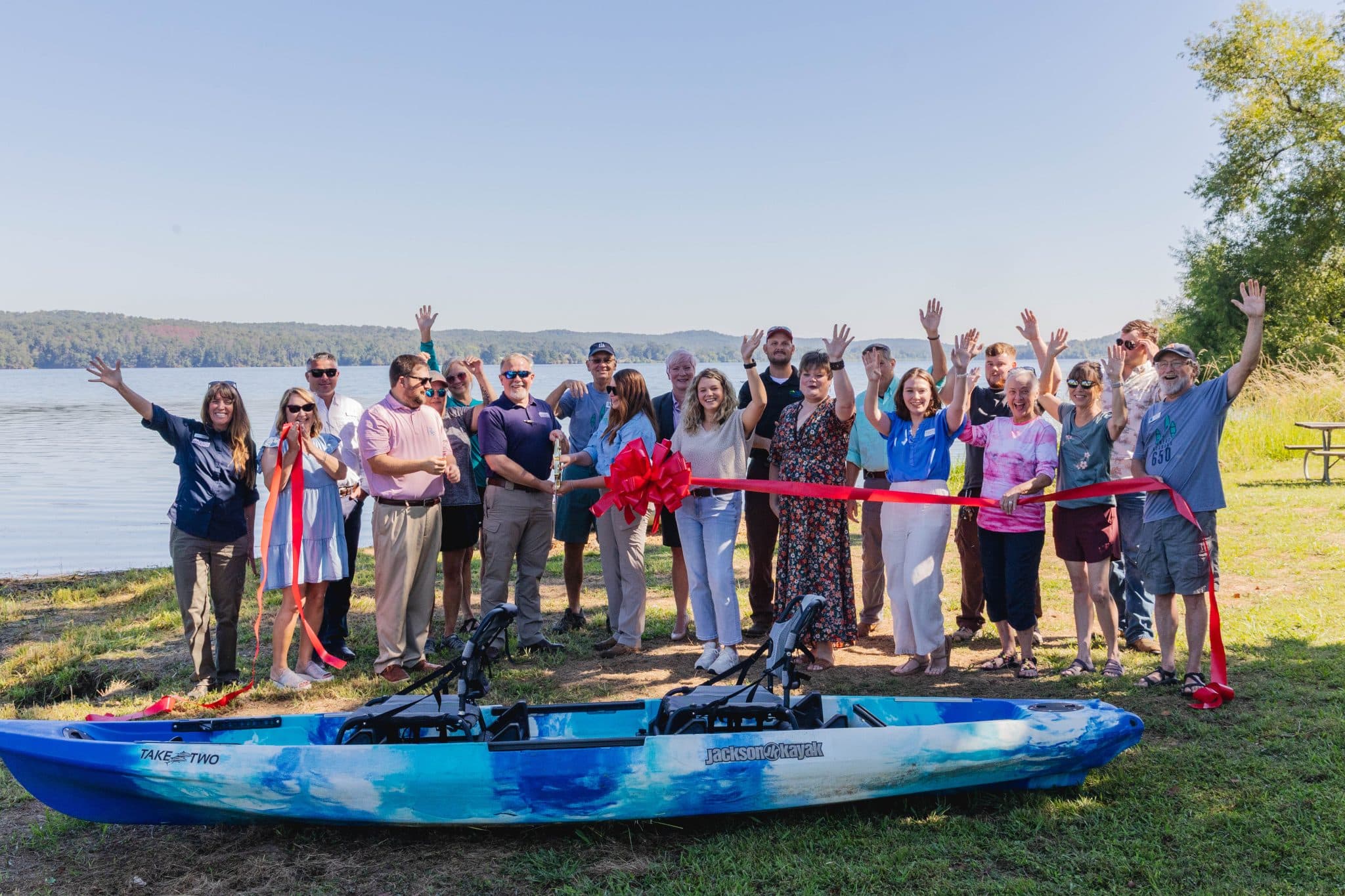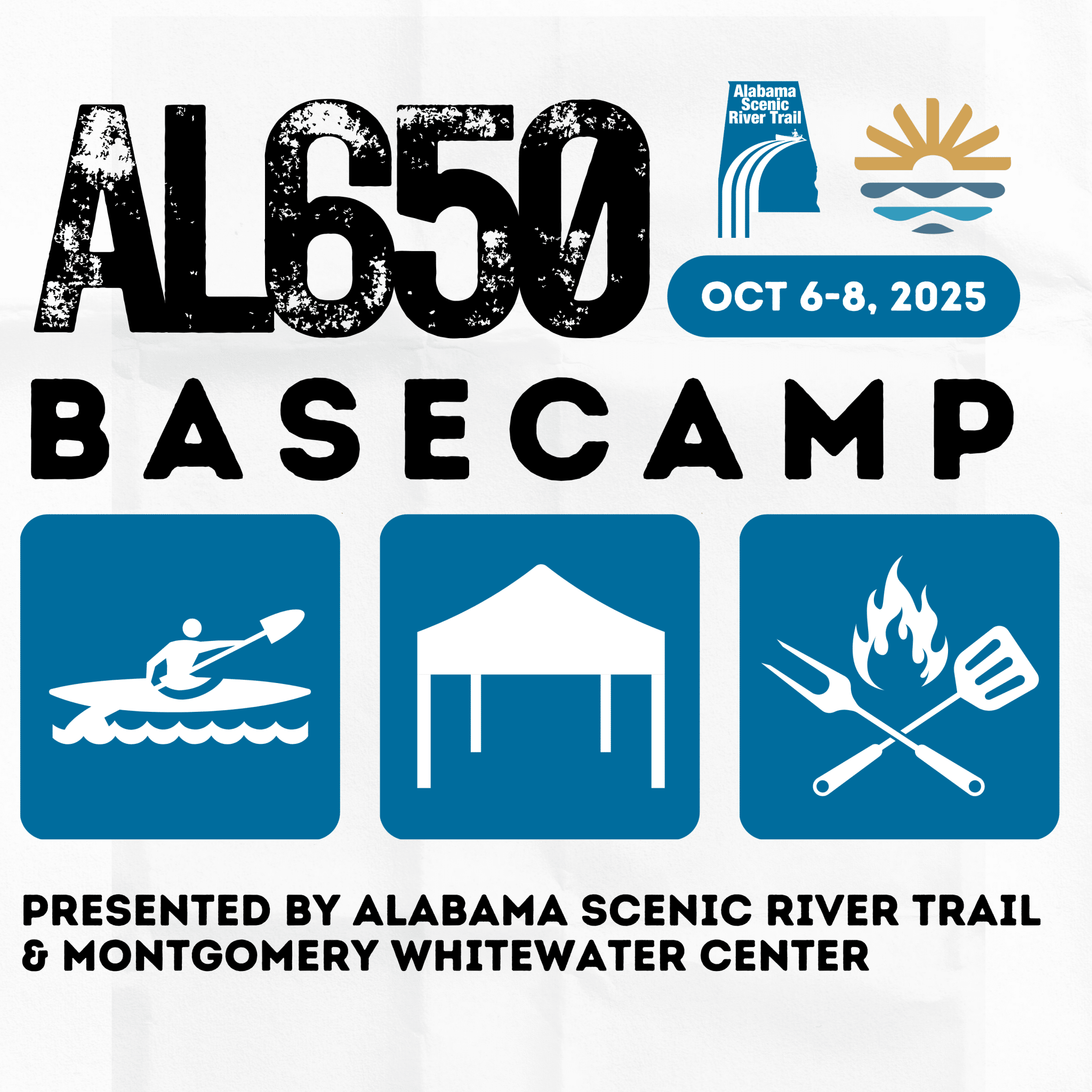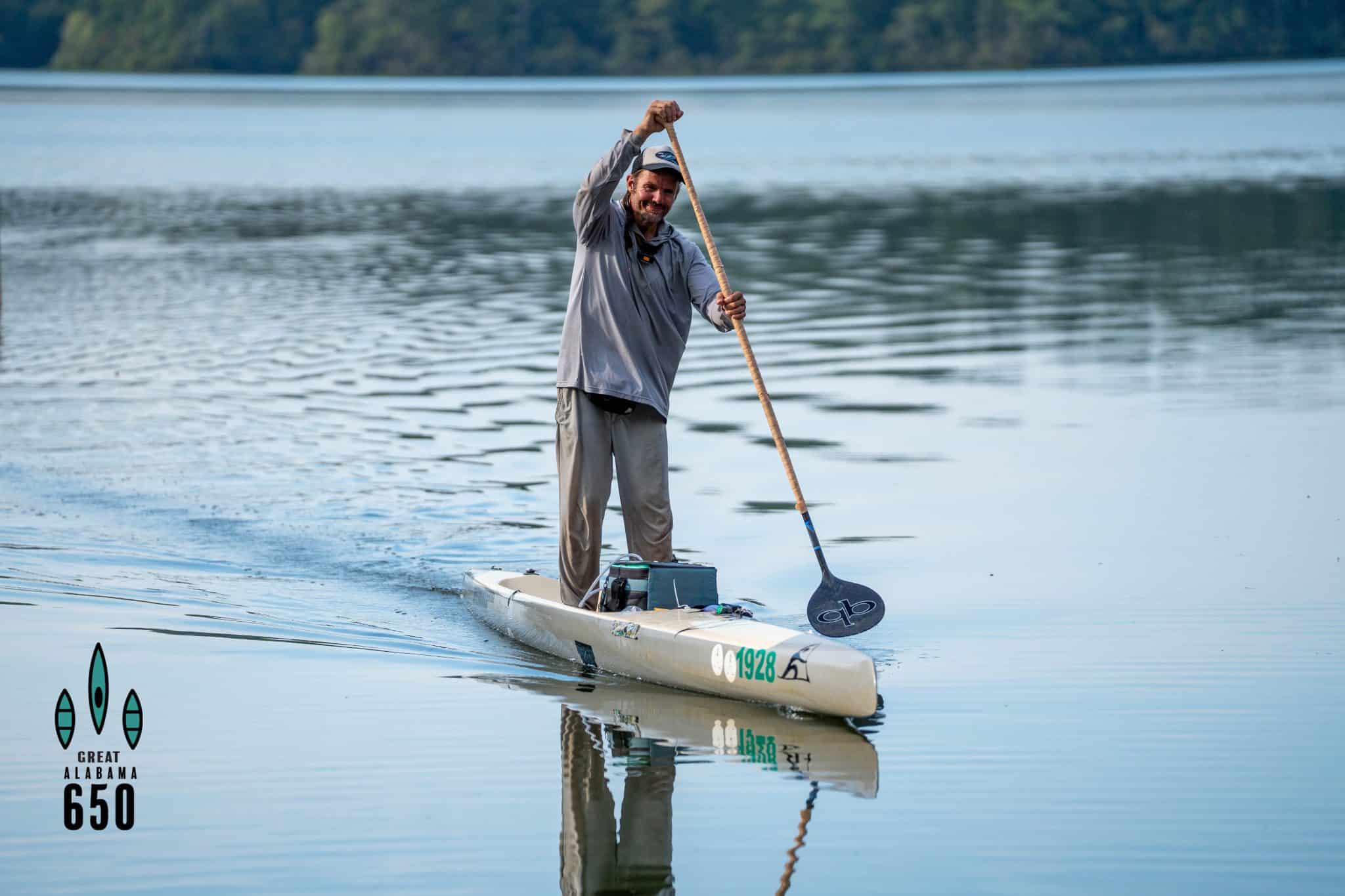New kayak launch added to campground at Lake Guntersville State Park GUNTERSVILLE, Ala. (Aug. 29,…
The Riverbum Blog
Information about ASRT's efforts on Alabama’s rivers, creeks, and streams.
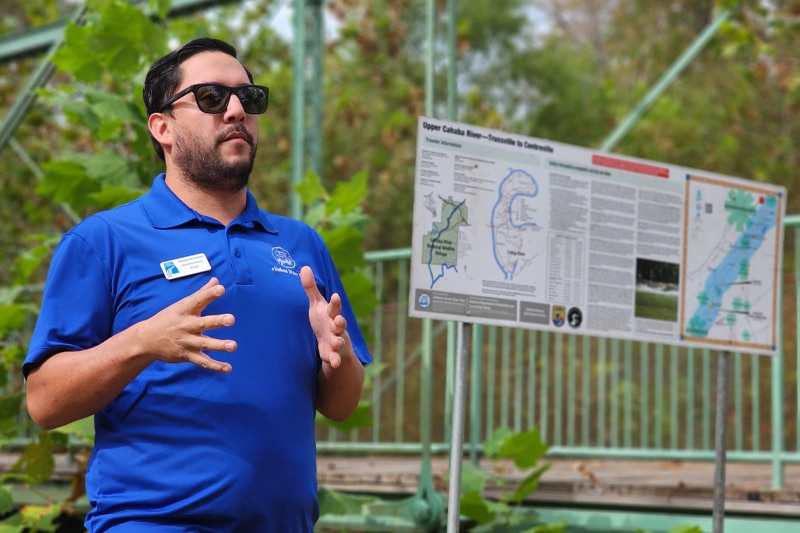
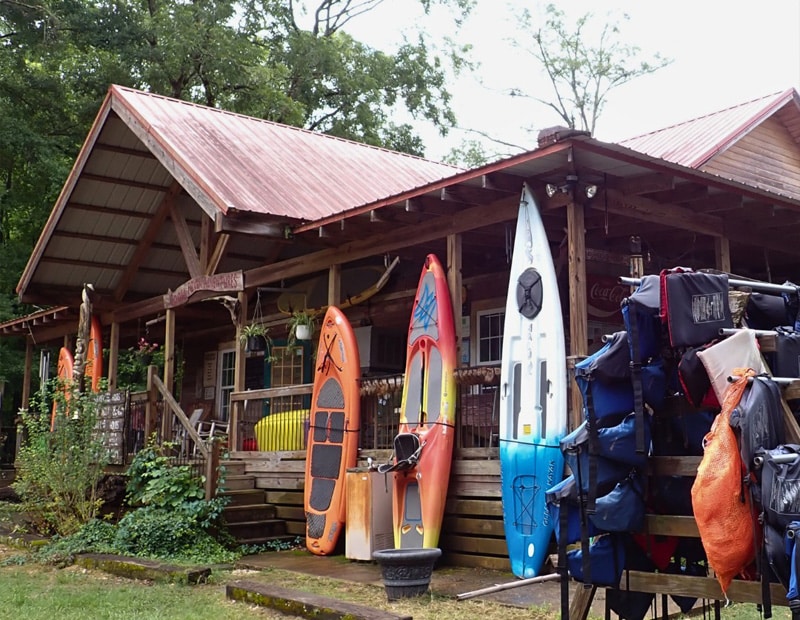
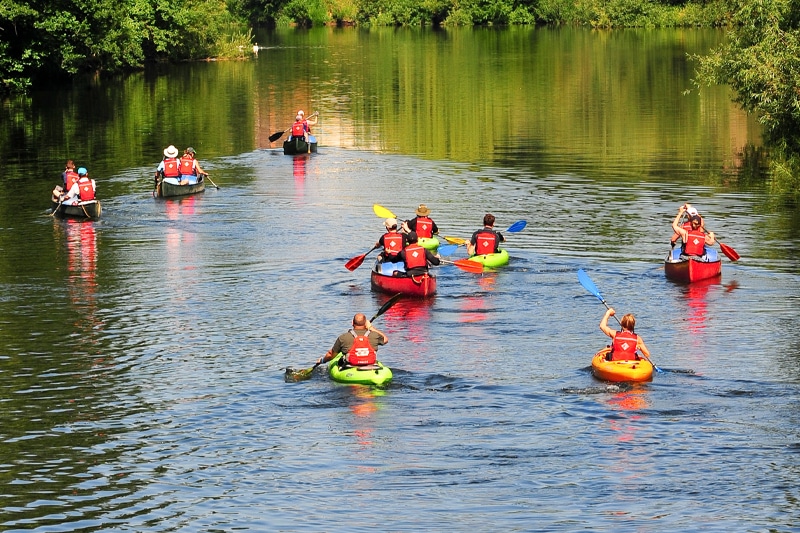
Freshwater Recreation IS a Key Player in the State’s Outdoor Economy
Andrew Szymanski, ASRT Executive Director
When the Alabama Scenic River Trail was first created, Fred Couch had a vision to create a unique way for people to come and experience the uniqueness of Alabama’s waterways. He knew that the core trail was more than a beautiful paddle. It was an opportunity to use paddling as an economic driver in the state. Paddling in Alabama is not only a source of recreation but also a significant contributor to the state’s economy and public health. According to recent statistics, Alabama has over 130,000 miles of rivers and streams, providing ample opportunities for paddling enthusiasts. The Alabama Scenic River Trail, one of the longest continuous river trails in any state, covers more than 630 miles and showcases the diversity of the state’s waterways.
Despite the abundance of water resources, there is a need to increase awareness and participation in paddling activities. According to a survey by the Alabama Department of Conservation and Natural Resources, only 25% of residents actively participate in water-based recreational activities. This highlights an untapped potential for expanding the paddling community and reaping the associated economic and health benefits. We can create this engagement with non-paddlers by investing in paddling infrastructure and access. Alabama currently ranks below the national average regarding water trail development and accessibility. Allocating resources to create and maintain paddling trails, launch sites, and informational signage will attract more paddlers and boost local economies through increased tourism and outdoor recreation spending.
Collaborative efforts between public and private entities have shown promising results in other states. For instance, neighboring Georgia has successfully implemented the “Paddle Georgia” initiative, an annual event that combines paddling, environmental education, and community engagement. The Alabama Scenic River Trail is working with Innovate Alabama to help guide decision-making surrounding state investment in various outdoor recreation opportunities. We are also working with municipal and nonprofit partners to help with existing projects that bring people to our waterways.
Encouragingly, there has been a steady increase in the number of outfitters and paddling clubs in Alabama in recent years. Outfitters are a critical component of the paddling ecosystem, and we continue to advocate for opening more outfitters along waterways that don’t have them. Often, an outfitter is the first point of contact for a new paddler. They bring people to areas of the water that may have gone unexplored and have a fundamental understanding of the needs of a particular waterway. Municipalities must understand the long-term benefit of helping entrepreneurs open up new city opportunities.
In conclusion, while Alabama boasts abundant water resources, it is necessary to harness the potential of paddling to benefit its residents and economy. By addressing the current gaps in awareness, investing in infrastructure, and fostering collaboration, the state can elevate the importance of paddling, making it a cornerstone of recreation and economic opportunity. Many other states are cashing in on the growth in outdoor recreation, especially in waterway recreation. The statistics underscore the potential at hand, and with concerted efforts, Alabama can become a hub for paddling enthusiasts and a model for sustainable outdoor recreation.
